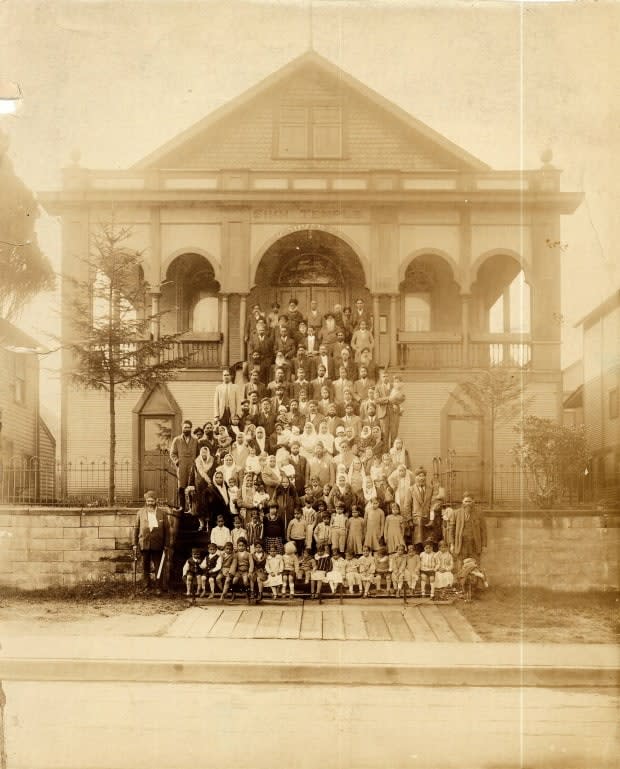150 years of racism in B.C. chronicled in new book

As B.C. marks 150 years since it joined Canada, a new book detailing the racist history of the province has been released as a public resource to help teach young British Columbians about an often unacknowledged part of our history.
The 80-page illustrated book, titled Challenging Racist "British Columbia": 150 Years and Counting, delves into discriminatory policies that have impacted Indigenous, Black and Asian communities, and ties those histories to present day anti-racist movements.
"This resource honours the activists and communities that have been fighting racism for 150 years and, as the current anti-racist uprising demonstrates, are still having to stand up to system racism on a daily basis," co-author John Price said.
"Hopefully it serves as a wake-up call to governments that no longer should they engage in divide-and-rule policies."

"This is meant to be a hard hitting publication that reveals a real, harsher history of British Columbia," said Nicholas Claxton, co-author and elected chief of the Tsawout First Nation on southern Vancouver Island.
"Teachers can begin to utilize it and also be used in teacher education programs to help start to teach the real history, not an ethnically cleansed history."
Long term, Claxton hopes it will lead to justice for BIPOC (Black, Indigenous, people of colour) communities.
The book isn't just about the history of the province, Claxton said, but about ongoing systemic racism and how we can rethink where we've come from, and where we want to go in terms of racial equality.


The project is a joint initiative between the Canadian Centre for Policy Alternatives and a University of Victoria research project called Asian Canadians on Vancouver Island: Race, Indigeneity, and the Transpacific. It's available for download to the public at challengeracistbc.ca.
To hear the interview with Nicholas Claxton, click here:

